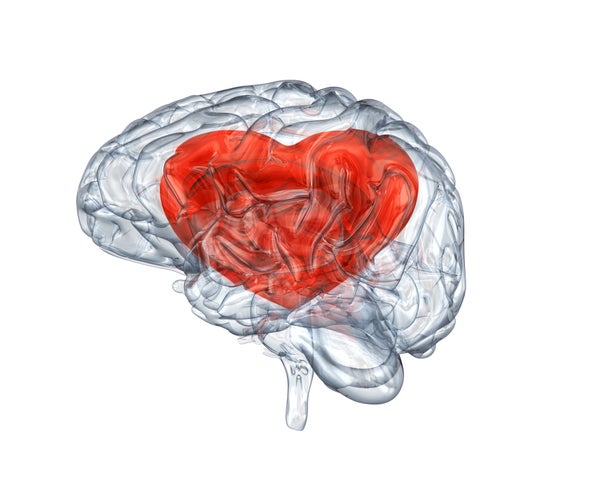
If you have experienced the evolution from having a crush to falling in love, it may seem like the transition happens naturally. But have you ever wondered how we make such a huge emotional leap? In other words, what changes take place in our brains that allow us to fall deeply in love?
Stephanie Cacioppo, a psychologist at the University of Chicago who has studied the neuroscience of romantic love for the past decade, explains that the process involves several complex changes, particularly in the brain’s reward system. More specifically, in a 2012 review of the love research literature Lisa Diamond and Janna Dickenson, psychologists at the University of Utah, found romantic love is most consistently associated with activity in two brain regions—the ventral tegmental area (VTA) and the caudate nucleus. These areas play an essential role in our reward pathway and regulate the “feel good” neurotransmitter dopamine. In other words, during the early stages of love you crave the person because he or she makes you feel so good.




Comments
Post a Comment